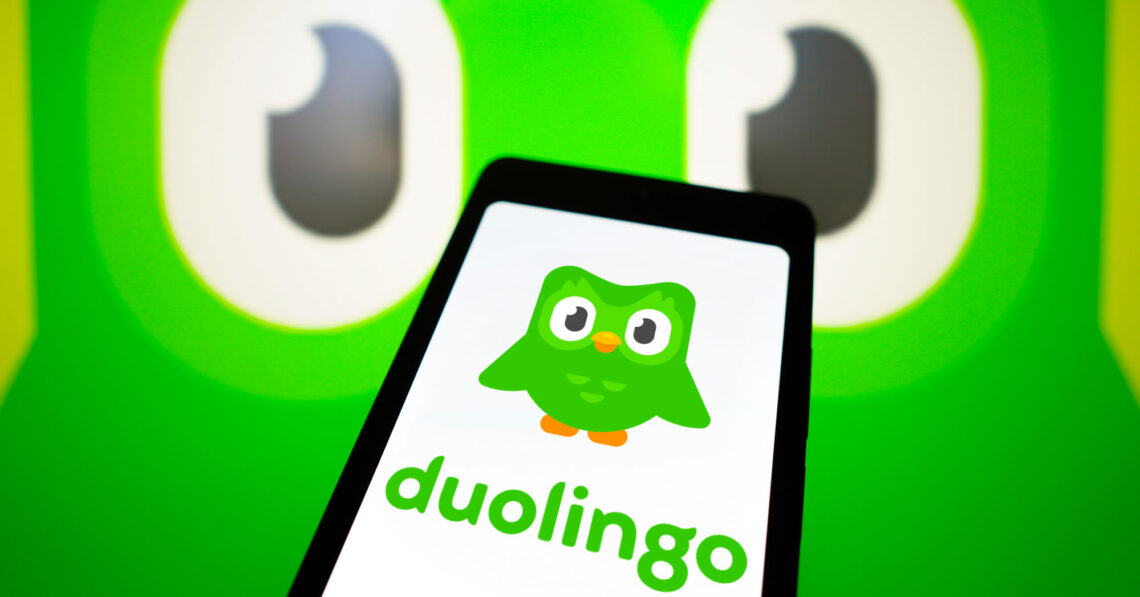
Duo’s “Death” + Gamification + Storytelling = Marketing Genius
By now, you’ve probably heard the heart-wrenching story of the “death” of Duolingo’s owl, Duo. And I’m putting “death” in quotes because, let’s be real… did he really die? Will he be revived? Probably. But that’s beside the point. If you need a recap, check out this article.
What’s (slightly) more interesting than the fate of our adorable language coach is the marketing genius behind this moment. Let’s dive into what Duo has to do with marketing, gamification, and storytelling.
How Gamification Made Duo’s “Death” So Effective
Duolingo didn’t just build an app; it built an experience. And at the heart of that experience is gamification, the use of game-like elements to drive engagement. How does it play into all this? Well, some key gamification principles were leveraged with Duo’s demise:
- Loss aversion – Users developed an emotional attachment to Duo because of his interactive role as a progress tracker and (sometimes annoying) motivator, which made losing him feel devastating.
- Story-driven engagement – Duo’s role in the app transformed him into a story, not just a character. He represented commitment and progress in a story we just didn’t want to end.
- Community participation – Duo’s death was a shock. Add in Duolingo’s vague messaging around his fate… this fueled massive user engagement. People created memes, theories, and viral content, essentially doing the brand’s marketing for them.
Why Gamification Works in Marketing
At its essence, gamification activates essential psychological triggers. This makes it a very powerful tool to get users invested enough to act. Here are some more examples:
- Progress loops – People are wired to finish what they start. Challenges, badges, and milestones keep users engaged.
- FOMO – Leaderboards, exclusive perks, and streaks create a sense of urgency. Nobody wants to miss out.
- Emotional investment – Once people build a habit (or a streak), they hate to break it. That emotional tie keeps them coming back.
Brands that use gamification, whether through progress tracking, rewards, or interactive engagement, see higher retention and loyalty.
Let’s Talk About Storytelling
Duolingo is the perfect case study of a brand leveraging the power of storytelling. They built a world around its brand and Duo, making users feel like they are a part of the story.
Of course, Duolingo is not the only brand that does this exceptionally well. Think about Apple and its product launches that feel like exclusive events, Nike’s inspirational “Just Do It” campaigns that tell the story of perseverance, and Red Bull’s participation in extreme sports that elevates the brand beyond energy drinks.
Storytelling makes your brand stand out from the competition, can be a gateway to emotional engagement, and shows authenticity as a brand. All components of a compelling and memorable content marketing strategy.
How to Use Gamification and Storytelling in Your Marketing Strategy
Do you want to create a marketing genius moment for your brand with gamification and storytelling? Here’s how:
- Make engagement fun – Loyalty programs, challenges, and interactive elements keep users coming back.
- Create urgency – Time-sensitive rewards, streak mechanics, and FOMO-driven campaigns boost action.
- Encourage participation – Let users co-create content, compete, and share their progress.
- Build a story around your brand – Make customers feel like part of something bigger.
People don’t just want to buy. They want to play, engage, and be part of something. The best marketing campaigns really succeed at making people feel.
So, how can you use gamification and storytelling in your marketing strategy to create an experience people really want to be part of?




